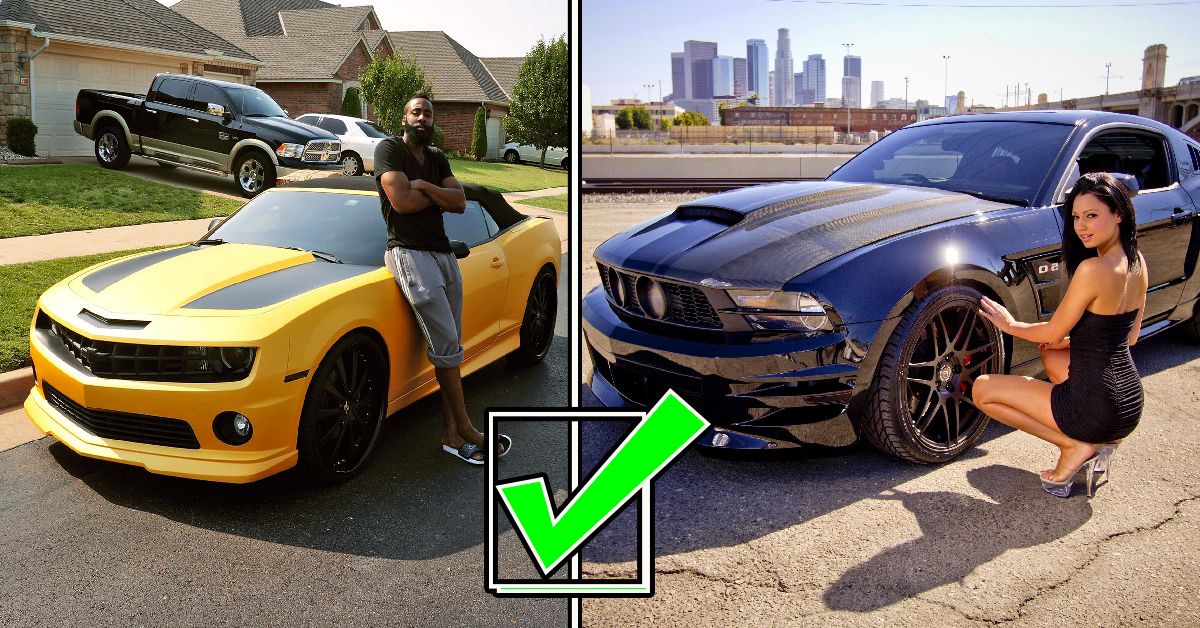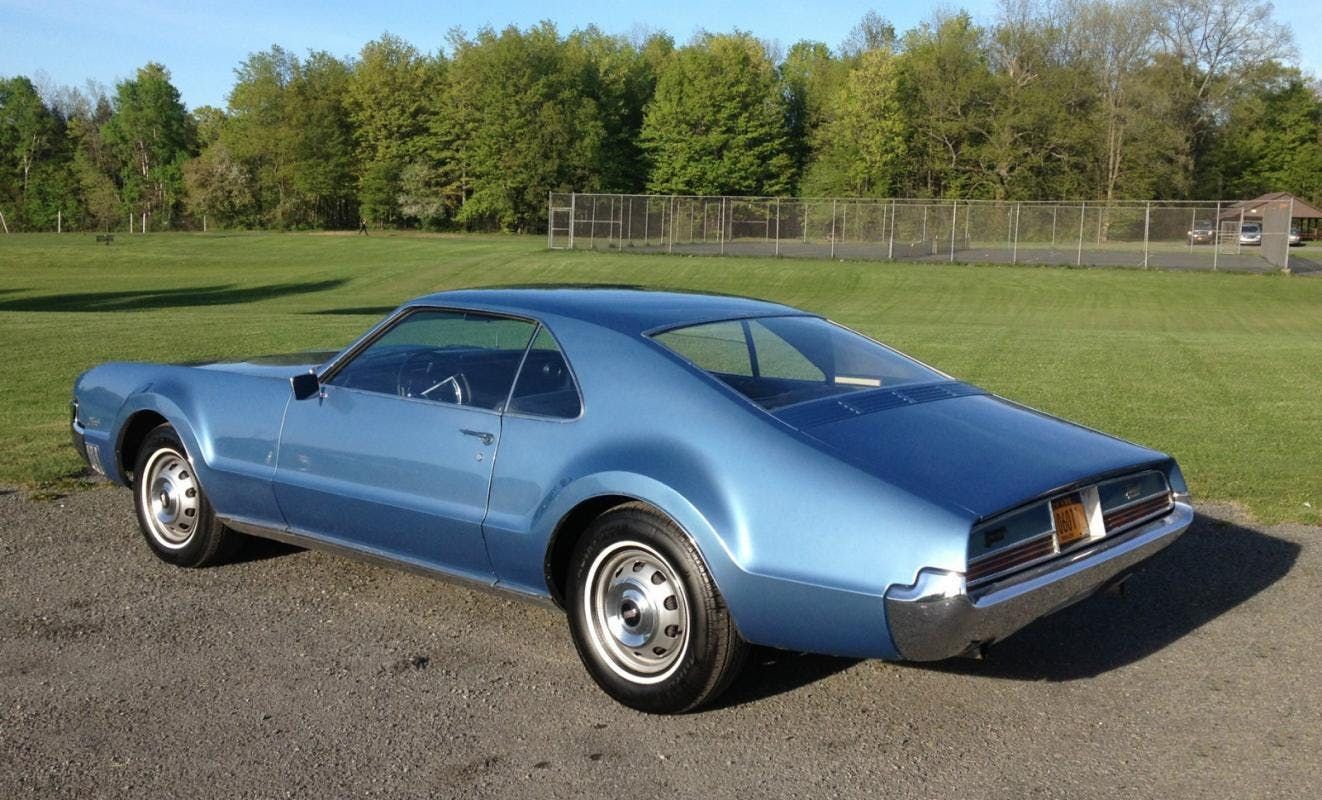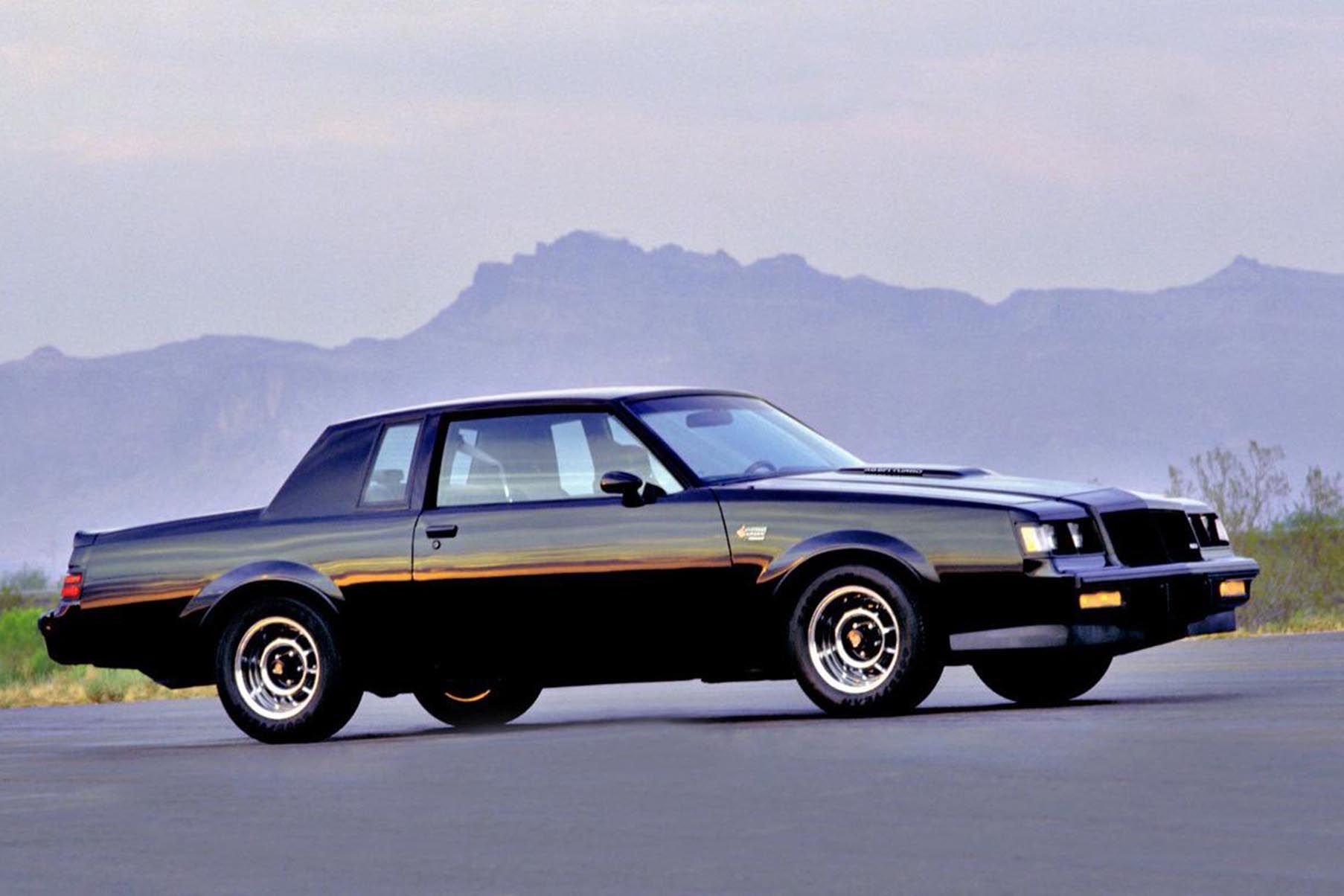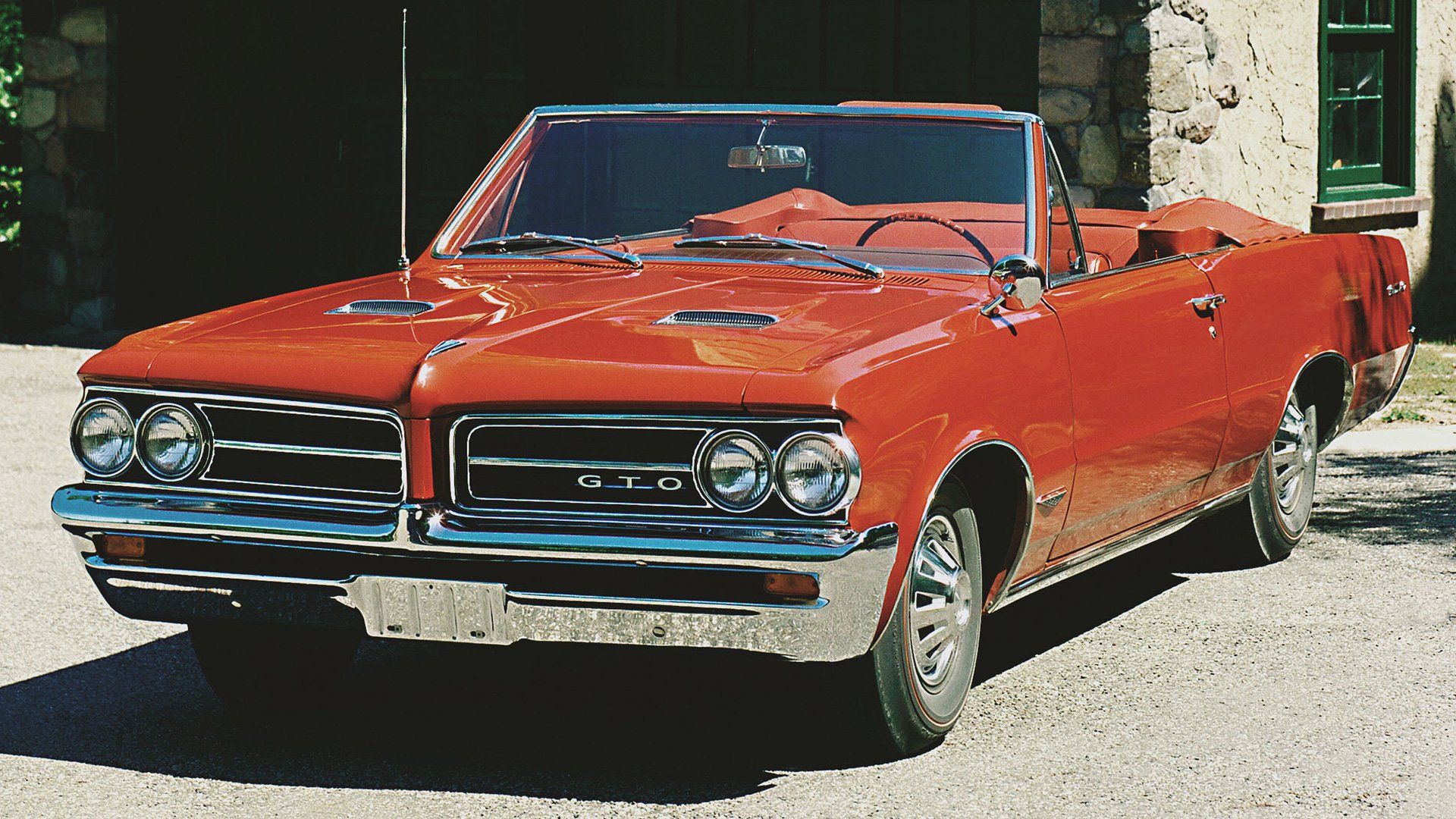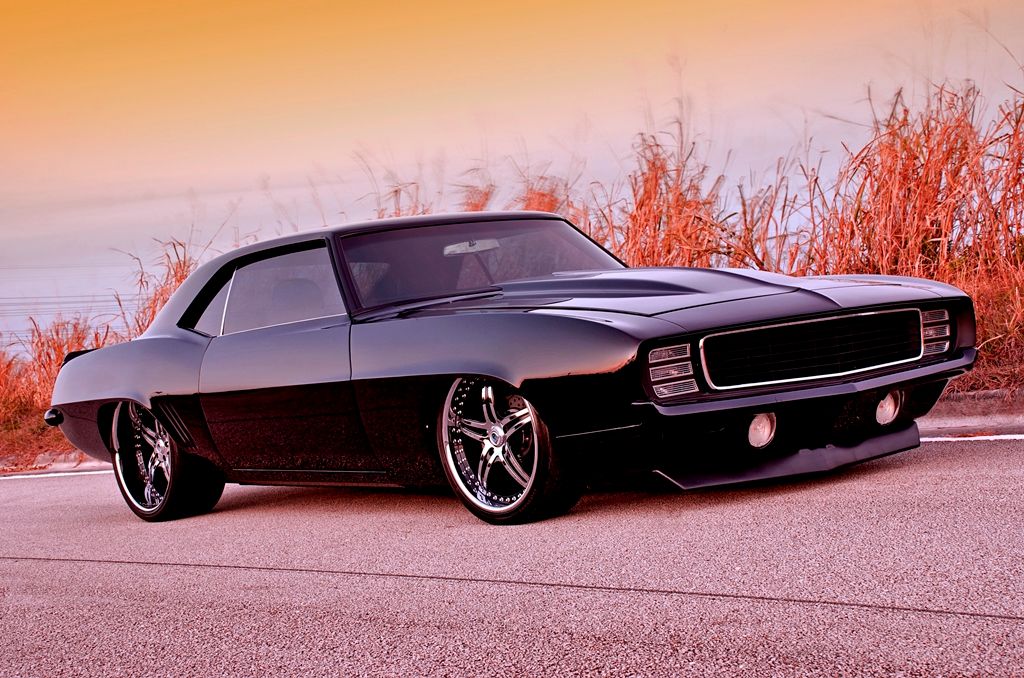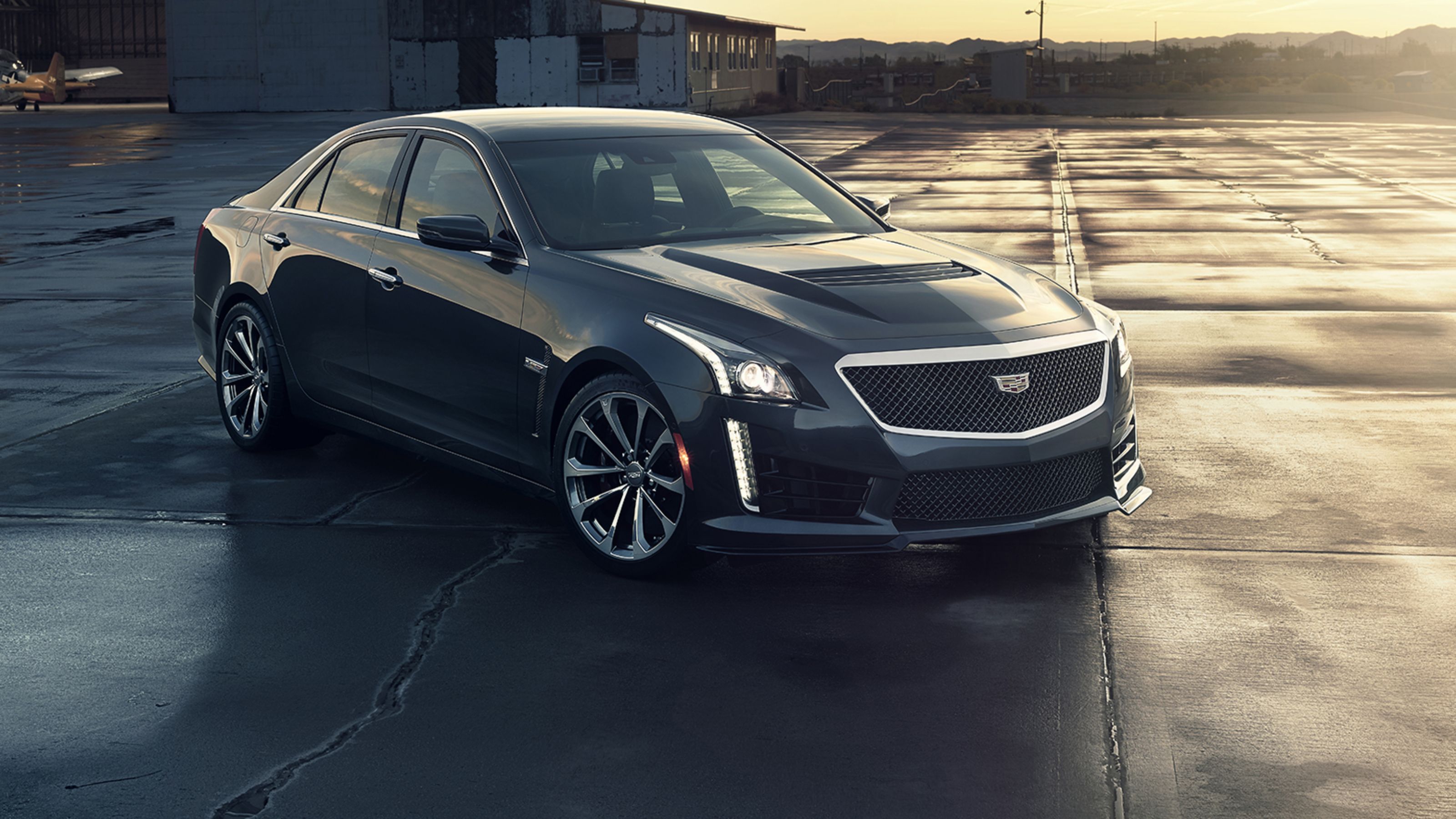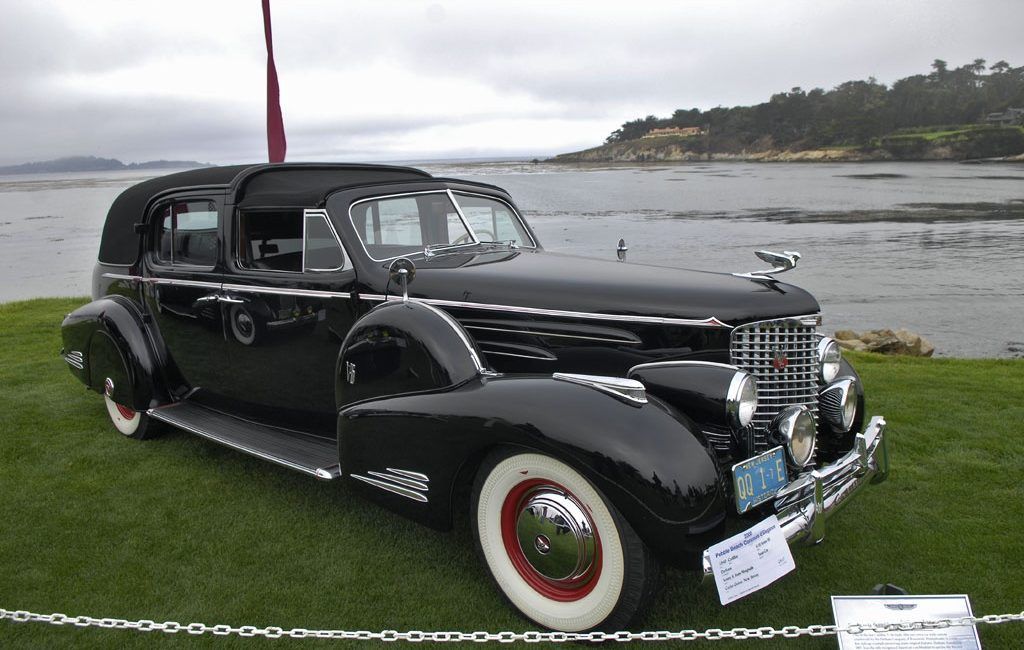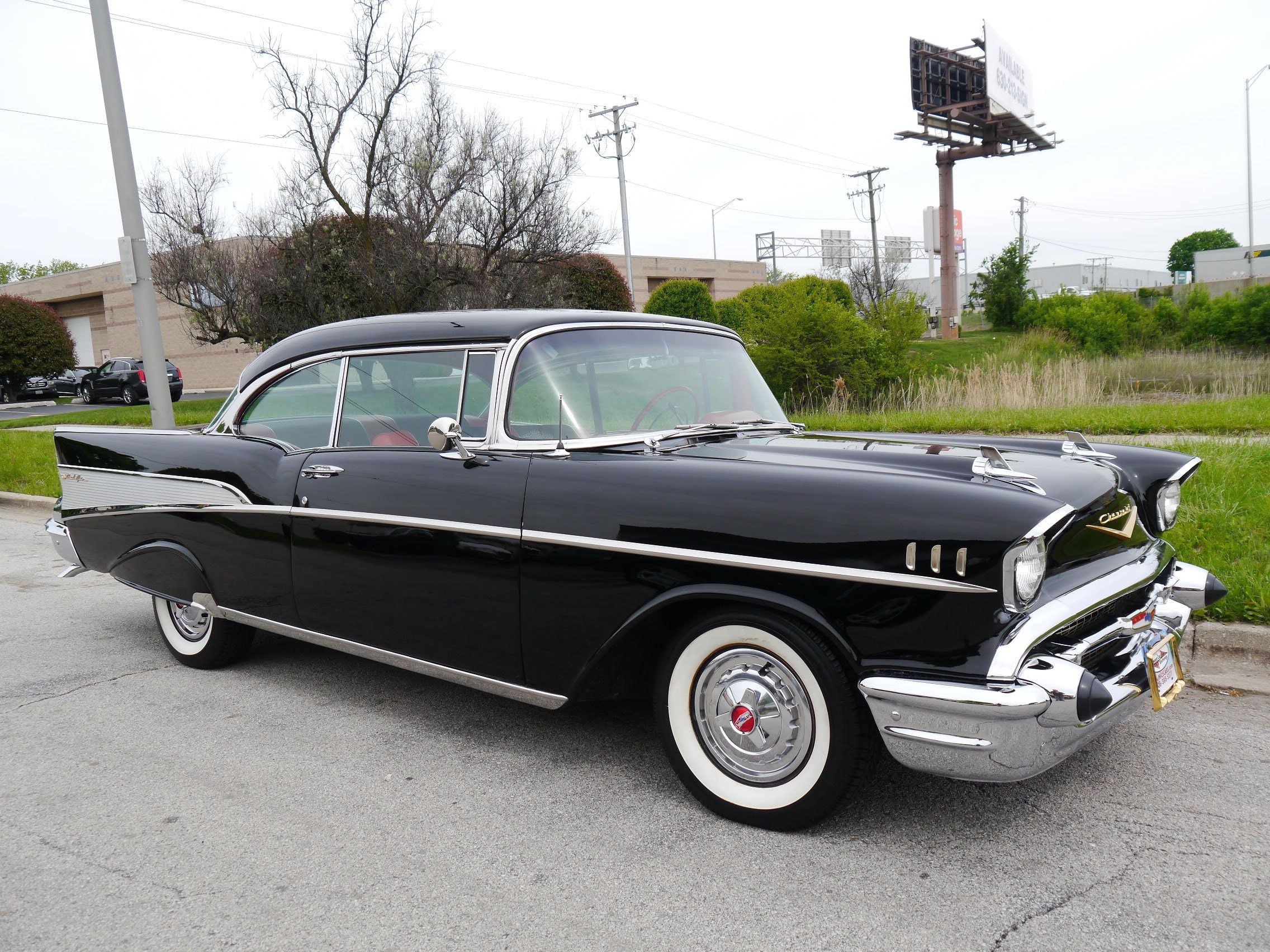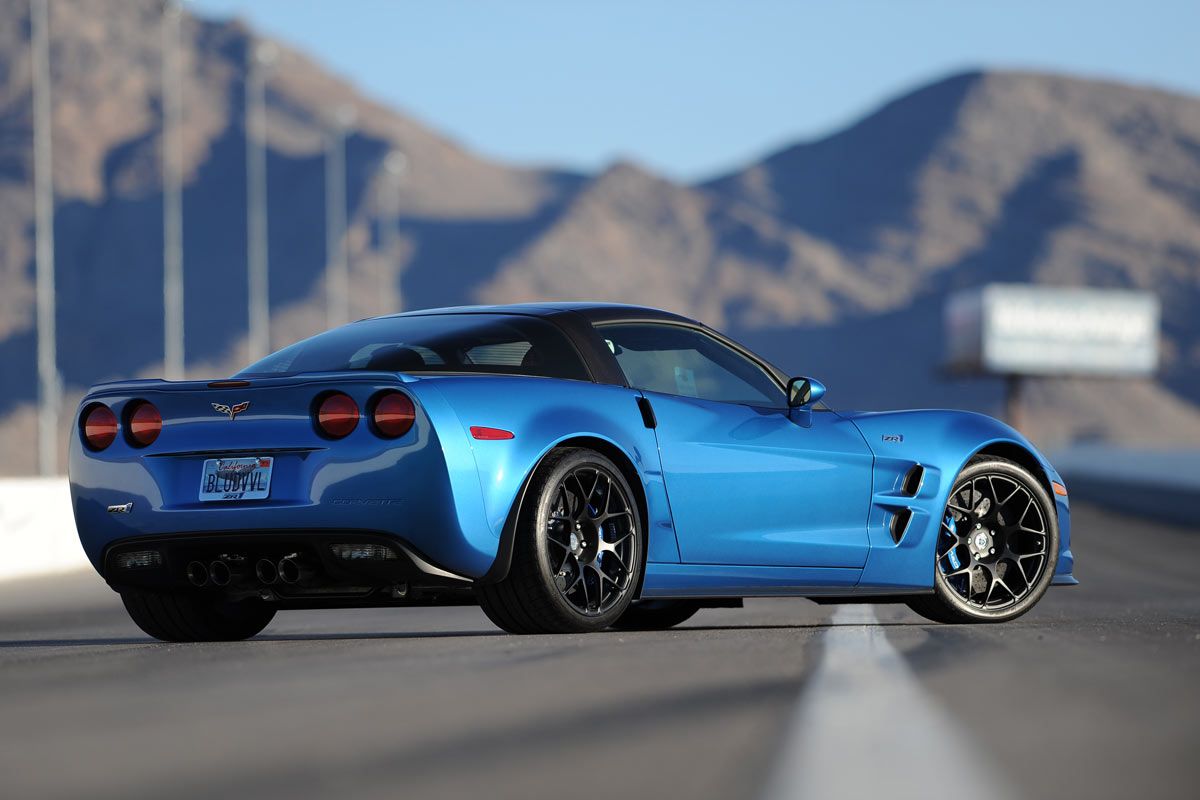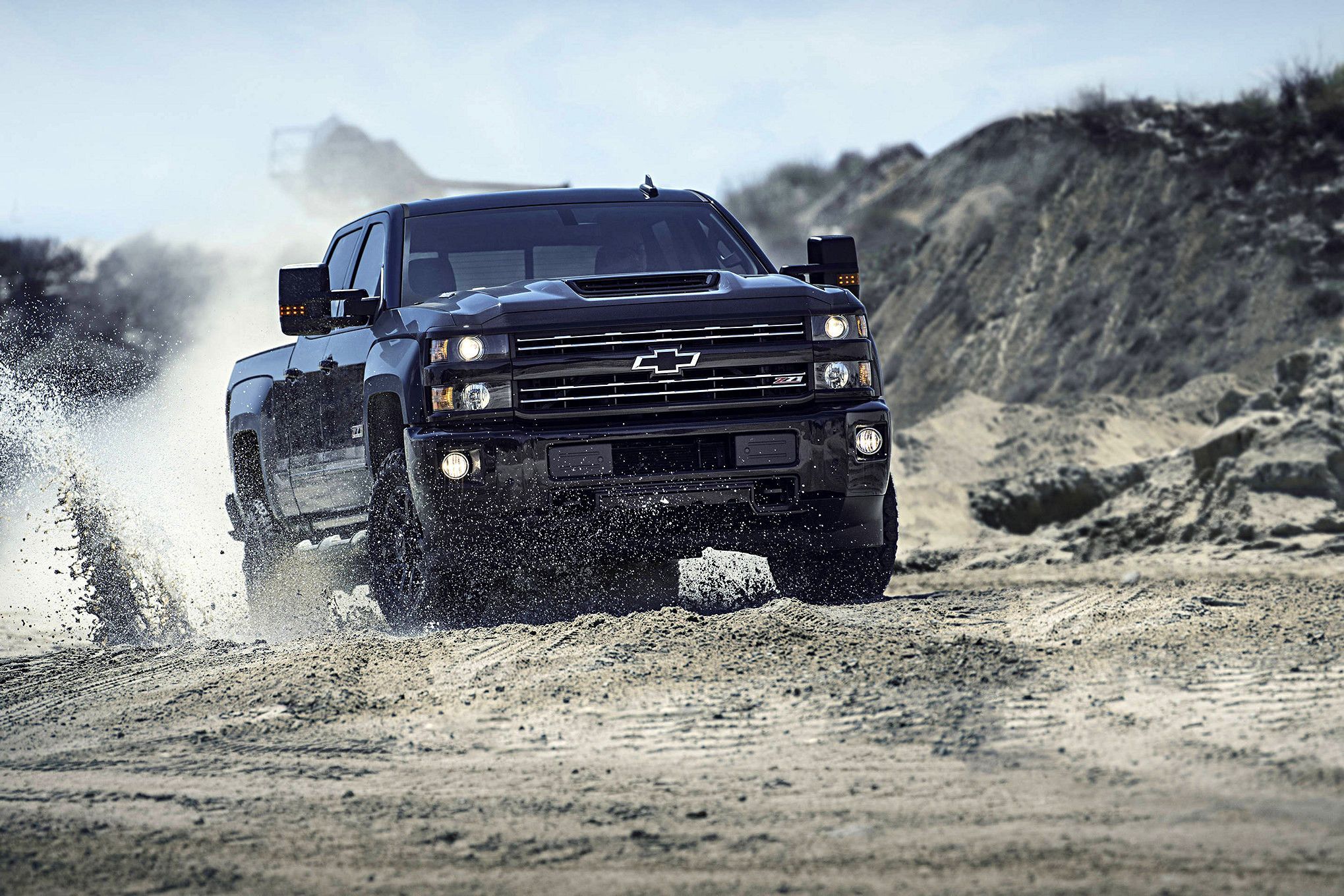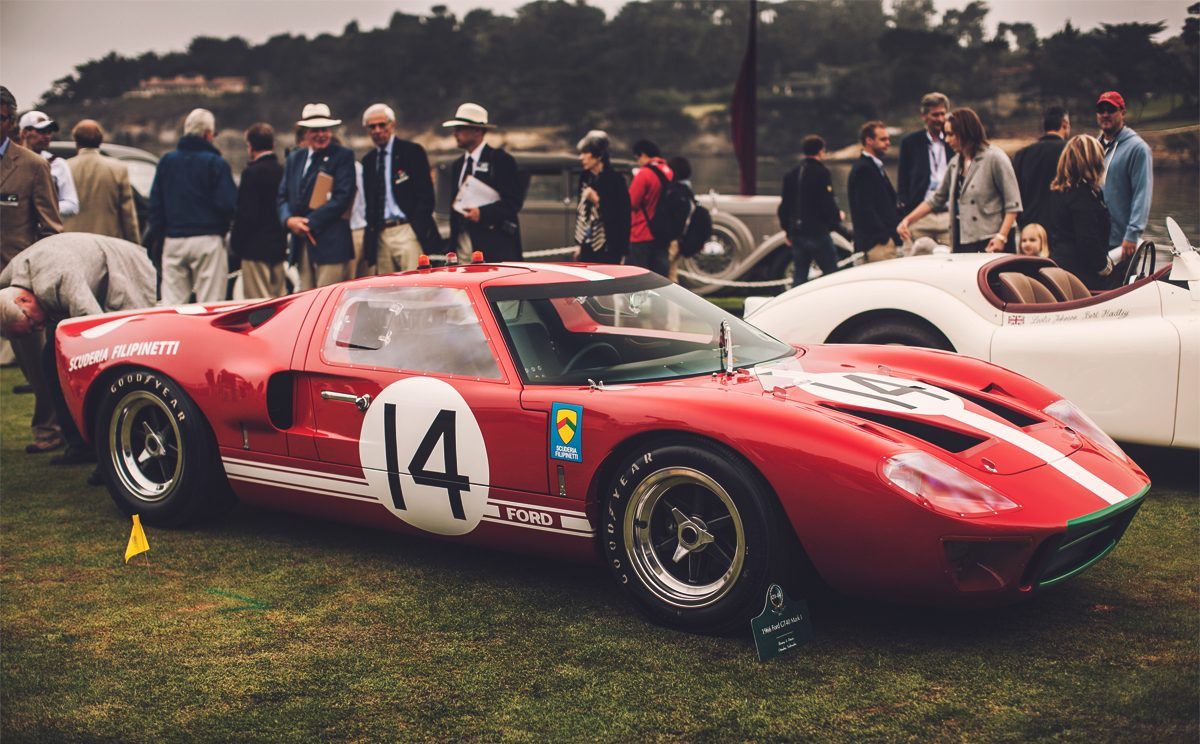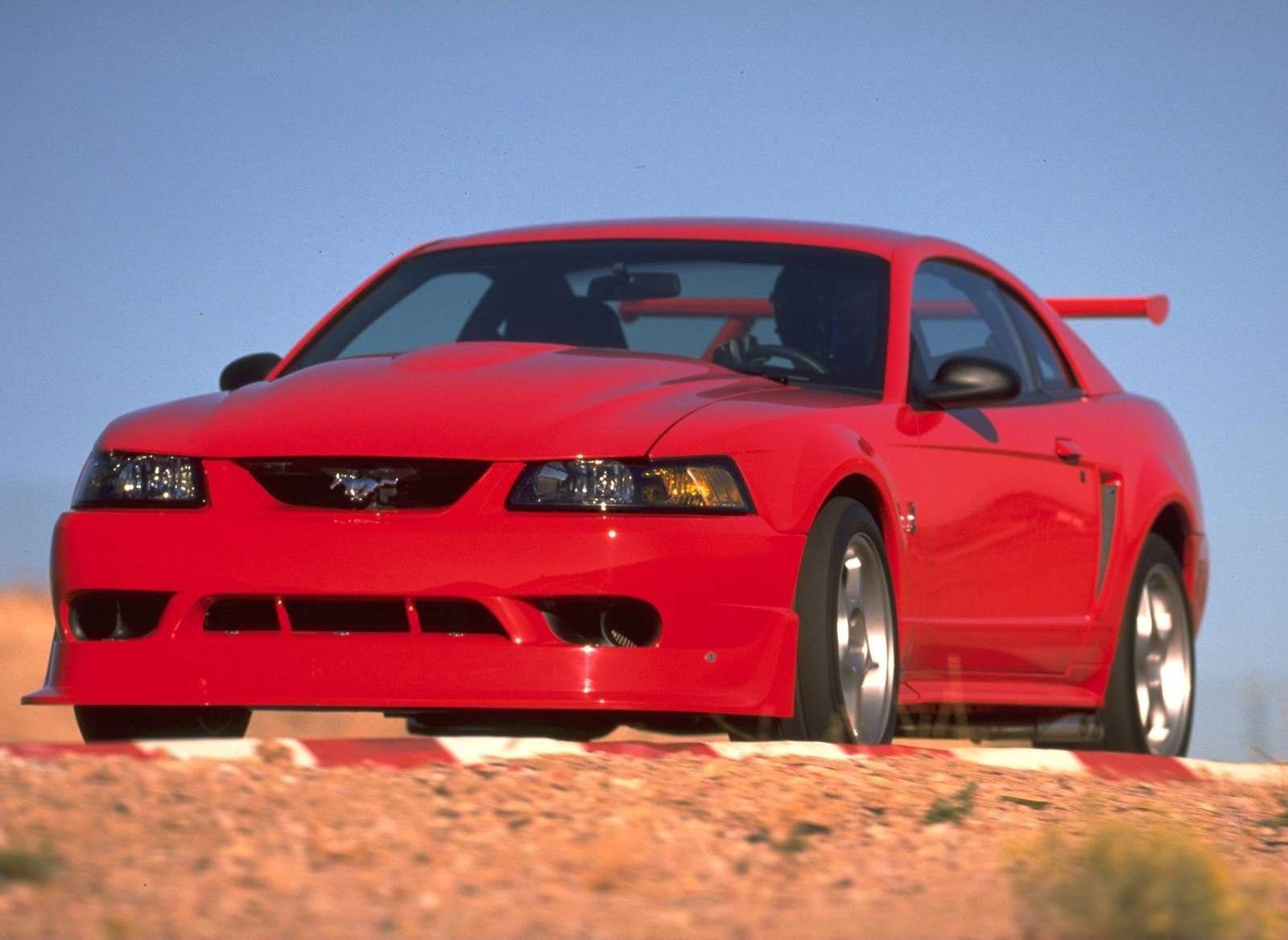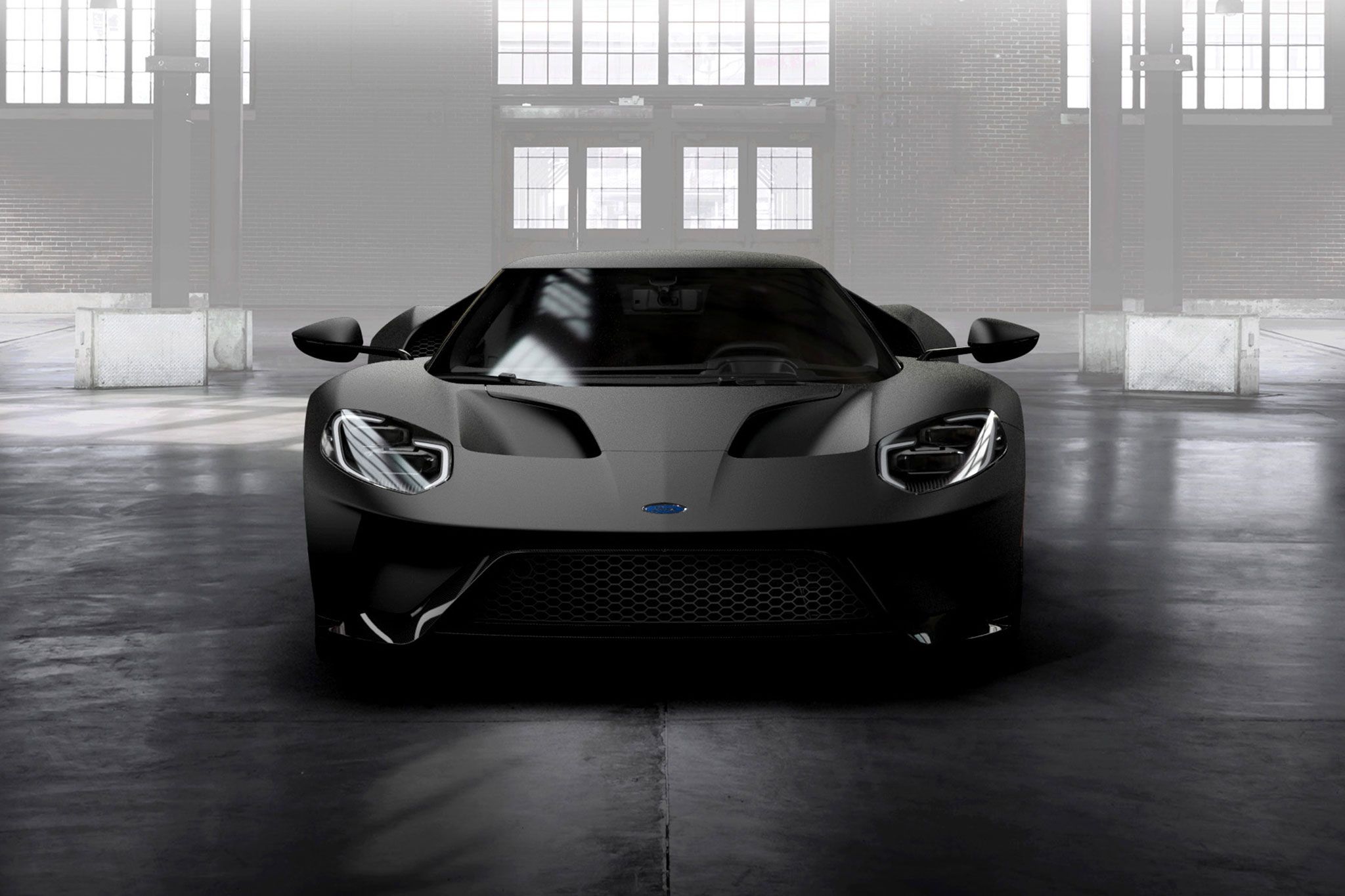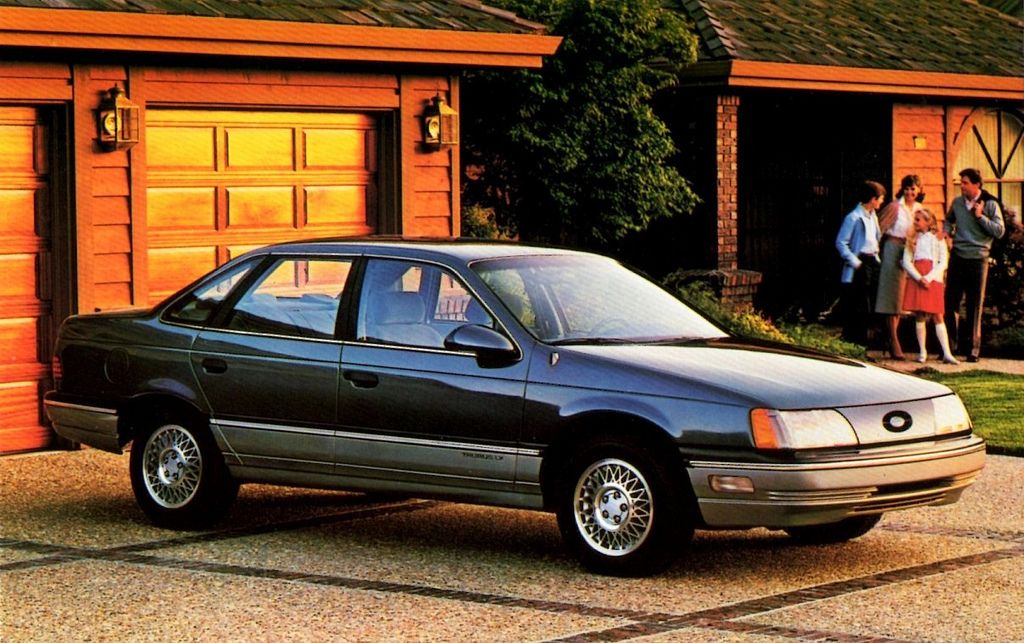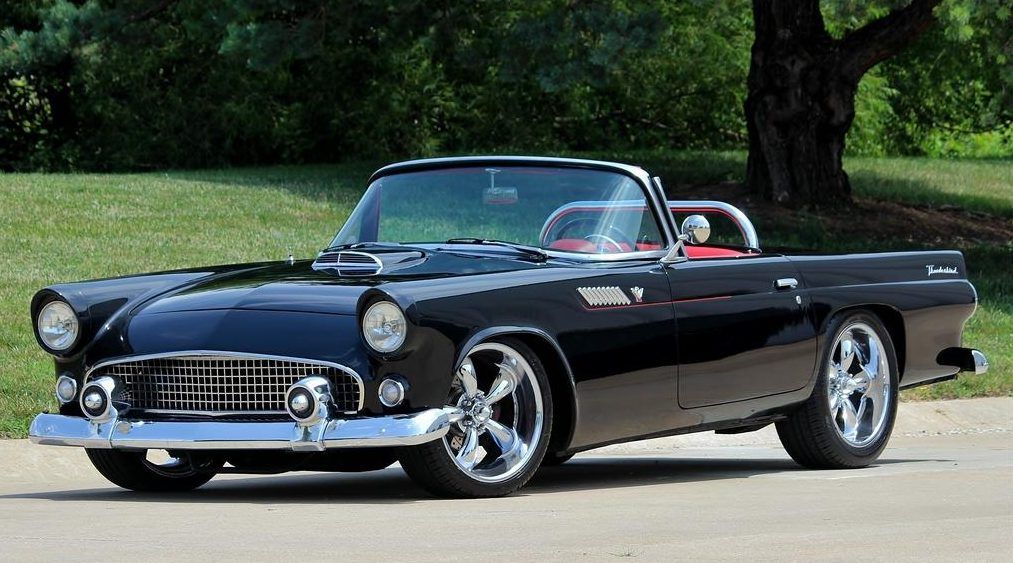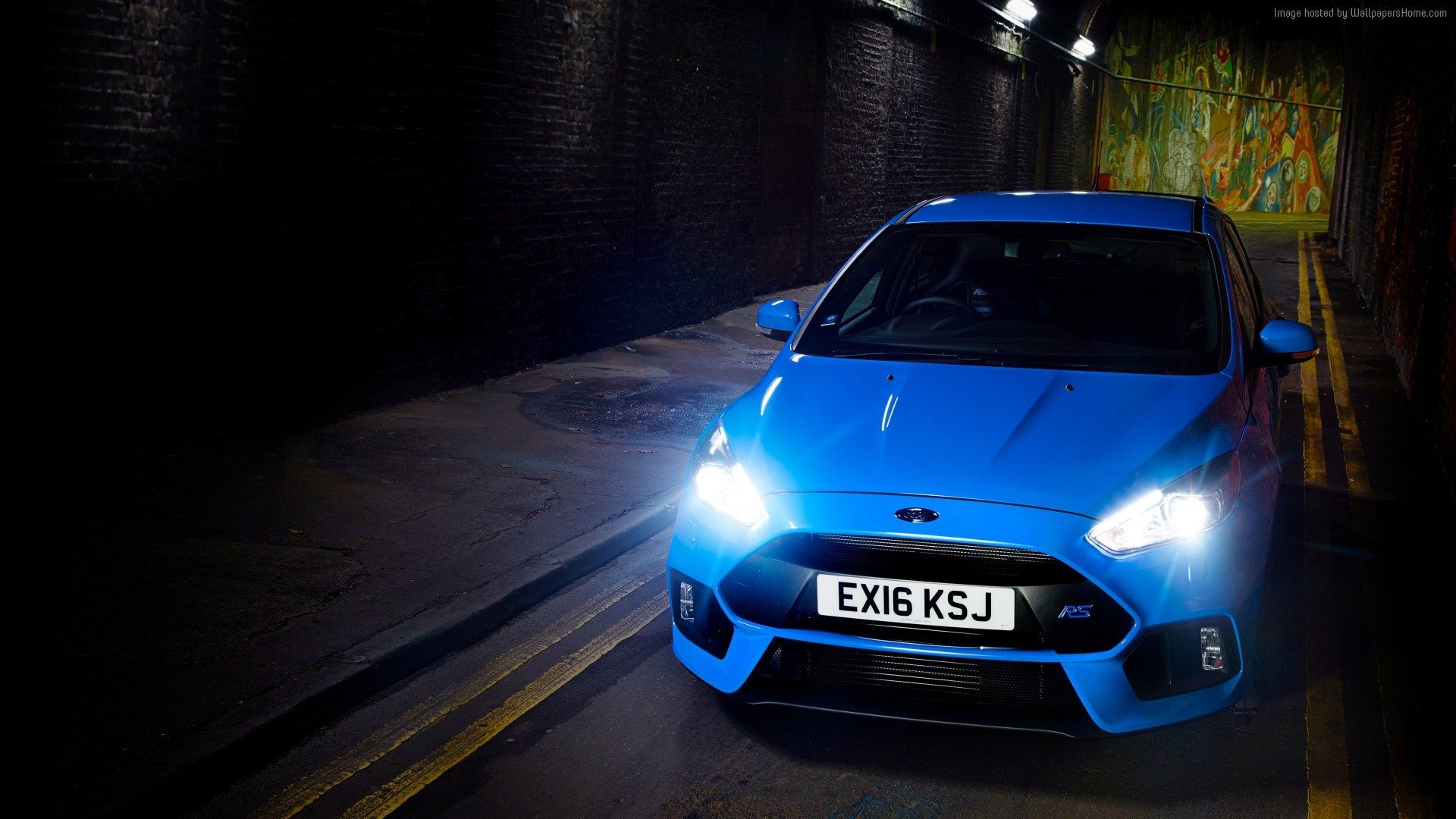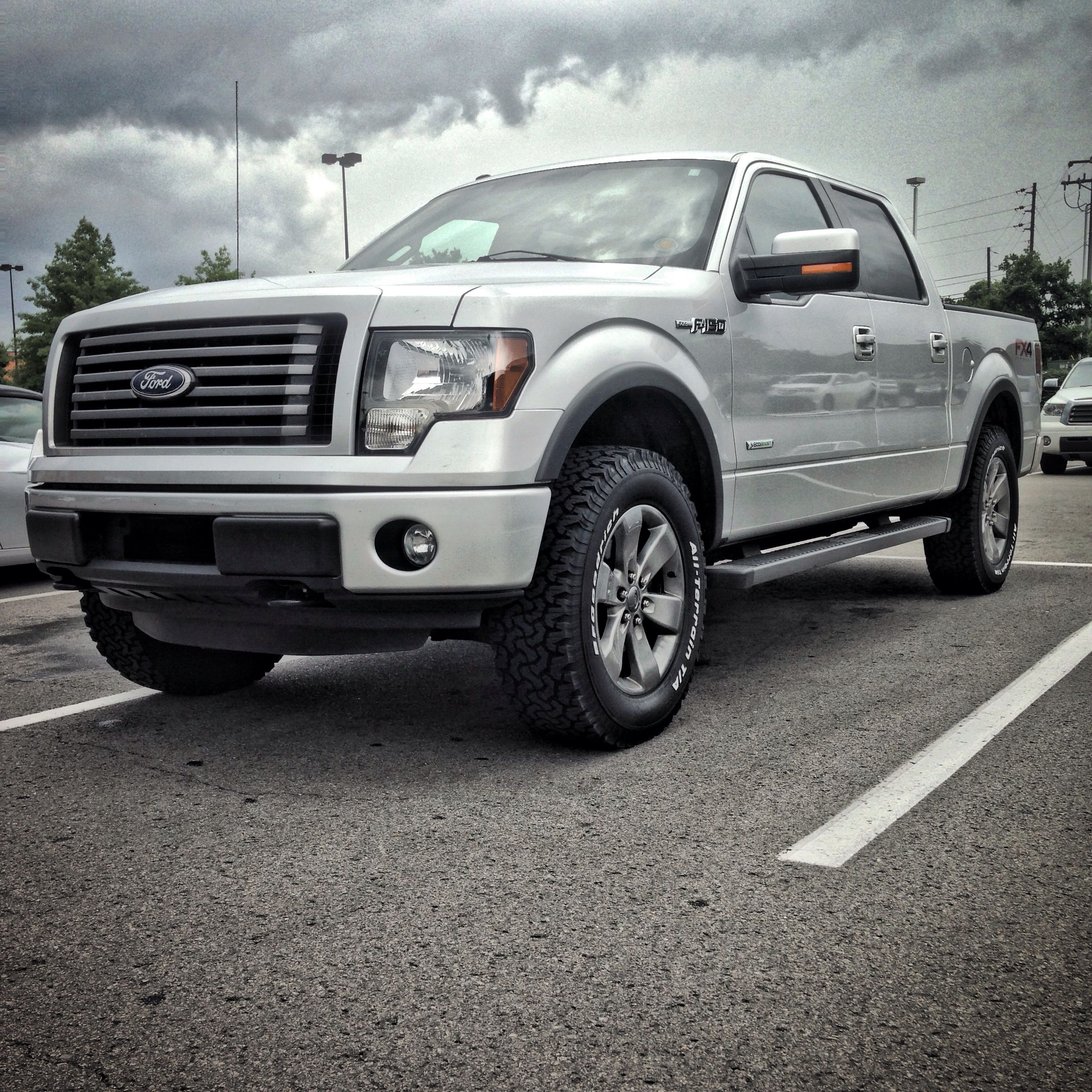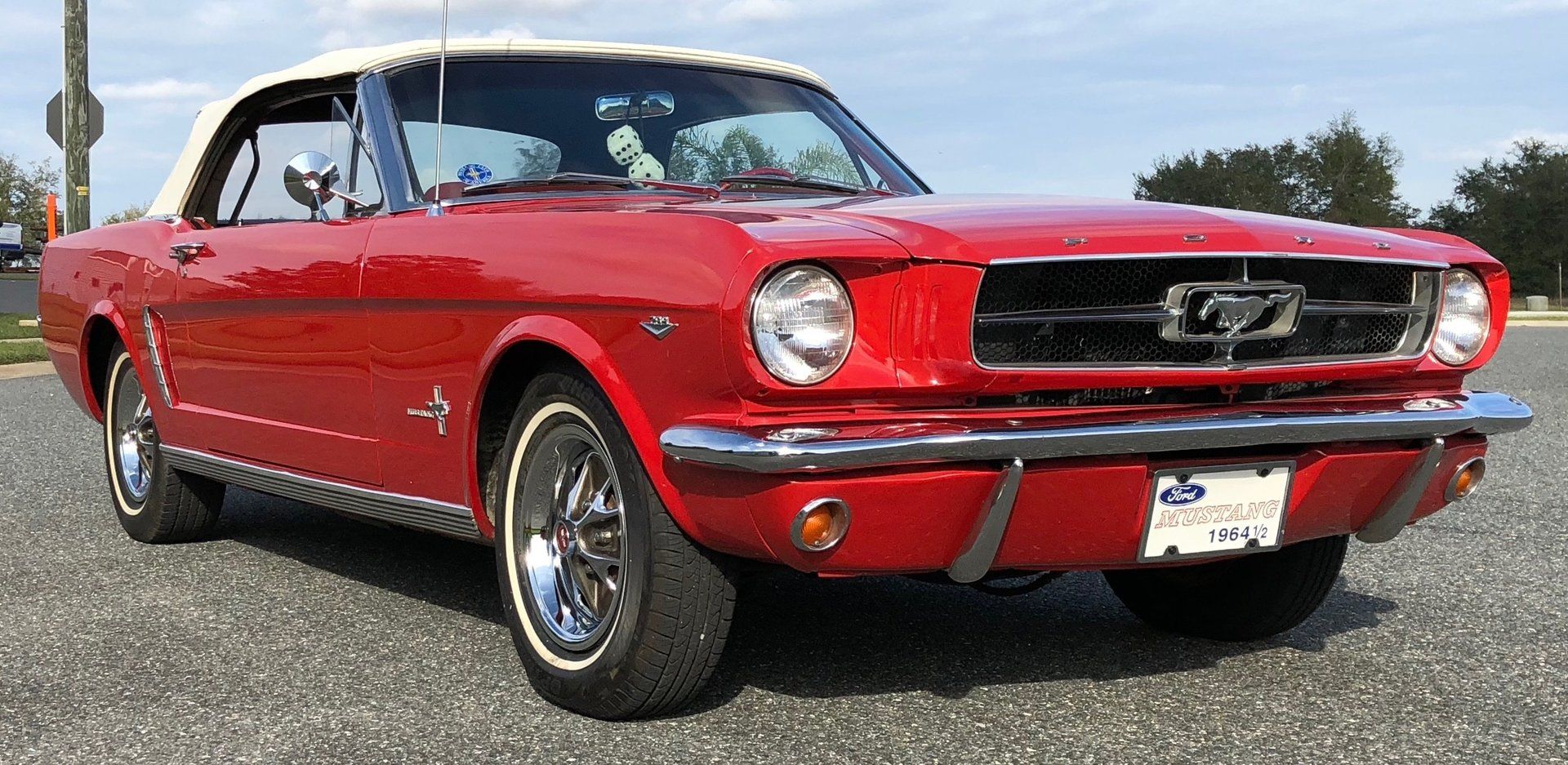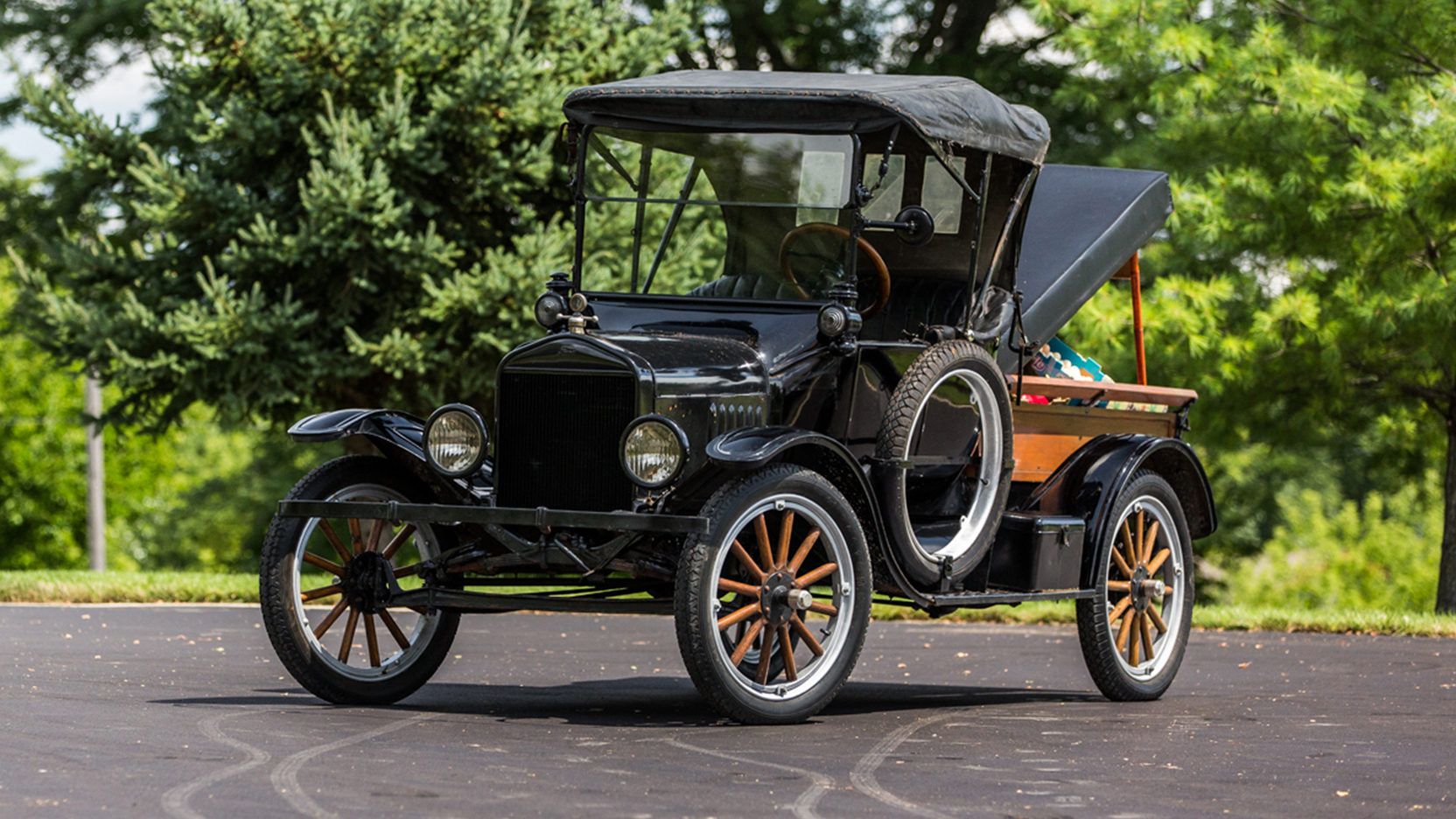GM used to be a king during its time, which lasted from 1931-2007. Not necessarily each year and each month during that time, but in general, you could say GM ruled the territory, particularly from the ‘50s through ’90s. In fact, it was only in ‘07 that Toyota surpassed GM as the largest automobile manufacturer. Year ‘07 didn’t bring anything too dramatic, just half a million more vehicles by Toyota. But more importantly, it reflected not only the poor financial state of GM at that time but also its losses since ‘00 in its European market. The losses from Europe has added up to more than $15B for GM, so it’s not a surprise that GM is thinking of quitting Europe altogether.
Rival Ford also has a rich history, with its owner Henry Ford having an even richer history. He was the entrepreneur who commercialized the assembly line and brought about the Ford Model T, which is arguably the “first” car. While it’s the second-largest US-based automaker, Ford isn't on the brink of financial collapse.
Both companies have done some horrendous things in their lives. These companies have often knowingly not produced a safer car for the sake of profit. GM even filed bankruptcy at one point.
But all this said and done, the tycoons of America have produced some of the best cars in automotive history. Let’s look into those cars!
20 1966 Oldsmobile Toronado
What started out as just a design-painting by Oldsmobile stylist David North actually became a legendary car—not just in the US but in Europe also. In fact, the Oldsmobile Toronado ranked third in the 1996 European Car of the Year contest, a feat no other US car had achieved in the past. That award is not free candy, folks; eligible cars must be made available in at least five European countries and have a relatively high anticipated-sales volume. But earning the third place in the European award was not what this car was all about—its historical significance comes from being the first US-based front-wheel-drive car. The car had some cool powertrain features, such as a new transmission and a carburetor, which probably helped its fame. And the exterior looks bold as ever.
19 1959 Cadillac DeVille
If you thought the Bugatti Veyron had a unique rear, wait until you see the ‘59 Cadillac DeVille, whose rear was just a polarizing design with the large, sharp tailfins and dual bullet tail lights. These features made the car famous back in the day, either because you loved the car or hated it—but the average person couldn’t be just a bystander. A notable fact is if you look at the car from the rear three-quarter view, you can easily misconstrue the rear for the front.
While the exterior was what it was, the interior, in certain respects, was even more fabulous.
The luxuries were just unmatched with its power windows, power steering, power seats, two-speed wipers, and power brakes. You can deduce that the car wasn't a chore for drivers.
18 1987 Buick Grand National GNX
While Buick isn’t GM’s best investment in terms of what people perceive the Buick to be (although GM makes a respectable profit from Buick’s sales in China), the GNX was a totally different story. This car was a beast, which you can imagine would be the case for a car that was sent to McLaren Performance Technologies to get upgrades, meaning it got a huge turbocharged V6 engine that generated so much power that it reached zero to 60 mph in just 4.7 seconds—respectable by today’s standard and other-worldly by that time’s standard. Only 547 GNXs were made. While the asking price was around $35K in ‘87, it wasn’t uncommon for people to pay as much as $75K or even $100K. The current asking price would be in the 140K-200K range.
17 1964 Pontiac GTO
GM had done a lot of things during its time during the ‘60s and the ‘70s (though you wouldn’t necessarily be proud of all that it had done), including the creation of what some might call the “first” muscle car, the Pontiac GTO. While the GTO was just an optional package on the Pontiac Tempest in the first two model years, its success forced GM to create it as an independent lineup starting from ‘66. Intended to attract the speed-minded youth market, the GTO was outfitted with a V8 in a body that was also only of moderate size or at least nothing like the bonkers of those days. Unlike the other cars that cost so much money for similar power, the GTO was relatively cheap, meaning it was an instant hit.
16 1969 Chevrolet Camaro
The whole idea of the Camaro was just an amazing concept. Built to compete with the Mustang, from whose sale Ford had made a fortune, GM created the powerful, gorgeous Camaro in ‘66. The ‘69 Camaro, unlike the previous model years, looked more aggressive with its lower height, angry grille, and rear valance panel.
Not only did it receive several accolades upon its release—and sold ridiculously well—but the ’69 also had the honor of being the Indy 500 pace car.
This is also the same car that inspired Chevy to produce the Camaro of 2010. Of course, if you judge it by today’s standards, the ’69 Camaro is going to fail in all the aspects—performance to safety to handling. But when compared it to its contemporaries, you realize it was a true gem.
15 2018 Cadillac CTS-V
It would've been equally fine to put the base model CTS in this entry, rather than the high-performance version CTS-V. This is one of those lineups that turned Cadillac's (and GM’s) fate, and I say that because GM has produced some really, really terrible cars—like it’d be easier to come up with 20 worst cars made by GM than 20 sickest cars produced by GM. Anyway, the interior of the CTS-V is teeming with high-quality materials. The seats are very sporty yet hug you kindly—the gauge cluster looks very shiny with its high-quality resolution, and the overall impression of the interior is excellent. From the outside, the car looks like it’s Batman’s daily driver, and with 640 HP and similar lb-ft of torque, it’s not too difficult for the car to act like one.
14 1940 Cadillac Series 90 V-16
While not a lot of people are going to like the exterior of this car, the car was, in reality, a piece of work back in its day. What you see in the Bugatti Veyron today—the sixteen-cylinder piston—was present in this bad boy 88 years ago (the first one came out in ’30). It was the first car to have that type of engine in the US, so you shouldn’t be surprised to know that it was the fastest-accelerating car from 1938-1940. The engine wasn't the only thing to enthrall the public. Caddy went all the way to Europe to find the finest coachbuilders, who put a bespoke body on each chassis. Naturally, these cars competed with the likes of Bugatti and Duesenberg at that time.
13 1957 Chevrolet Bel-Air
This car is such an iconic car that some might even consider it having outdone the reputation of the Ford Model T. Introduced a few years after the World War II, the car became an all-time favorite of the middle class after a few months of skepticism. While it had been in production since ‘49, it wasn’t until the end of the second generation in ‘57 that the Bel-Air gained its fame. Perhaps the two-door sport coupe and the convertible come to your mind when you think of the Bel-Air—you wouldn’t be wrong if that was the case, as those were the most famous images of the Bel-Air. Some argue that its success has a downside to it, as either the car’s charm is taken for granted now or relegated to its luck of being in sync with its contemporary fashion trends.
12 Corvette ZR1 (C6)
This is a difficult entry to cover because of how much I have to say. Now, the Corvette is an all-time favorite of Americans. It’s the car that a lot of people aspire to have, and some even make that dream a reality. But the ZR1 is a different can of worms. You've probably heard that this car is essentially a supercar with a price that’s half or even a third of that of a supercar—although the interior isn't necessarily like that of a Ferrari or any other high-end cars.
But with a supercharged V8 generating 638 HP, 604 lb-ft of torque, and 3.4-second 0-60 time, it truly gave the supercars a tough contest.
And if you check out the C7 ZR1, you realize it has even more power.
11 2017 Chevrolet Silverado
This one goes out to all the truck fans out there. The Silverado is one of the best trucks on the market today, having made its way into the market when the desire for pickup trucks was ever-growing in the late ‘90s.
Trucks like the Silverado are handsome and rugged from the outside and from the inside; they have all the features and space that a truck fan would like to have.
And just because it’s a truck, it doesn’t mean you can’t have luxury at your fingertips. Just grab the upscale “High Country” edition, and you’ll find yourself bathed in brown leather and utmost comfortable seats. Of course, it’s a truck, so you’ll find yourself burdened with several bed options. Overall, it’s probably the best truck offered by GM.
10 1961 Lincoln Continental
It’s not often that you see the Lincoln or Buick getting praised, but here’s one of the Lincoln cars that did some good. While the Continental lineup has been in production since ‘39, production was filled with a few hiatuses. So, it was ‘56 when Lincoln decided to resume production, and in the next two years, it managed to lose $60M in the development and sales of the third-generation Continentals. The design of the third-generation Continental was terrible, and competition from Cadillac, tough; it was Elwood Engel, who styled the fourth-generation Continental, giving the car a simple, yet appealing look and saving the Lincoln division from disappearing. While these cars inspired some of the upcoming muscle cars, I’m not sure why Continental started being produced in ‘16 again after a 14-year break.
9 1966 Ford GT40
Apparently, Enzo Ferrari was interested in selling the Ferrari brand to Ford. Henry Ford II was eager to seize the opportunity and spent several million to get the process going. At the last minute, Ferrari backed out due to being unable to remain at the Indianapolis 500, which he was hoping would be allowed, but Ford didn’t to avoid the risk of having to compete with its own part. The deal was called off, and Ford II was mad. So, he channeled all his effort to beat a Ferrari—which had won the Le Mans six times consecutively from 1960-1965—and that’s how Ford came up with the GT40. Well, not only did the car win, but the billionaire Ford II was himself present at the Le Mans race to see and celebrate the victory.
8 2000 Ford Mustang Cobra R
Ford’s Special Vehicle Team (SVT) did a solid job with this car. While no Mustangs from the year ‘00 would be worthy of collection, the Cobra R might be worth your while. Not only would it still be a gem on the track, but it also carries the historical label of being the fastest factory Mustang produced at that time.
With 385 horses, the 5.4-liter V8 reached a top speed of 170 mph, taking only 4.7 seconds to get to 60 mph from standstill.
Much like the Challenger SRT Demon, this car was, of course, devoid of any items that would slow it down on the track. So, out went your speakers, radio, air conditioner, and all the good stuff. Some of these cars are sporadically posted for sale online.
7 2017 Ford GT
Paying homage to its progenitor GT40, the GT ‘17 is a truly magnificent car built by Ford. But let’s clarify what that means, lest you get the wrong idea. It’s not a car that you want to use to make a cameo appearance in a music album. The basic interior isn't going to be able to keep up with the color of your suit; don’t expect to have the flashiest cabin that you've seen in a car that costs half a million dollars. But once you get over that fact, just take a moment to digest its 0-60 of 3.2 seconds comes from a V6 engine. You might think that makes it a little less of an exotic car, but I think that just goes to show the prowess of Ford technology. The handling of this car is world class.
6 1986 Ford Taurus
Last week, I wrote an article in which I bashed the Taurus; but luckily, it wasn’t the one from ‘86, because the one from ‘86 was a legendary Taurus. The ‘86 Taurus saved Ford during tough times, as it went to reinvigorate the interest and the faith of Americans in Ford. One of the reasons for the success of the Taurus was due to its interior and exterior developments being in sync. Before the Taurus, the engineers of the exterior and interior didn’t use to collaborate, so you frequently ended up with a mismatched car. Ford even took apart several successful cars, like the Accord, the Camry, and the BMW 5-Series, to understand why those were great cars. The result? A million Tauruses sold in the first three years of production, with accolades from everyone.
5 1955 Ford Thunderbird
If you look at the ‘55 Thunderbird and think that it looks a bit presumptuous, you might be right. Ford created this as an indirect response to Chevy’s development of the Corvette, which itself was produced to give the drooling-over-European-sports-cars Americans something homemade.
The beauty of the car lies not in practicality, necessarily, but comfort, ride, and experience.
So, very loosely, it was like a BMW of its time, as opposed to a Toyota Camry, for instance. With the Thunderbird, Ford actually created what's now known as “personal luxury cars”—luxury cars for the masses. While the car was competing directly with the Corvette and even outsold Corvette by 23-to-one and even did exceptionally well sales-wise in its own right, the car was never a sports car.
4 2018 Ford Focus RS
I think this car was made for Europe. In fact, the entire Focus lineup was made for the European audience. Check it out—the Focus came out in ‘98 in Europe, replacing a few of the other lineups, and then, in North America in ‘99. And when the performance version RS came out in ‘02, it was available only in Europe initially… I had always perceived it as being an American car. I mean, yes, Ford is an American company, but what I mean is a produced-in-America-first-type of car. Anyway, the hot hatch is just gorgeous, looking all aggressive and powerful; it’s ready to drive. The all-wheel drive and the 350 HP give drivers a very satisfying driving experience. All this said, at $41K, the price might be a little over the budget for some.
3 Ford F-150
While the Mustang attracted speed-seeking Americans, Ford F-150 captivated everyone else—including some of those who sought speed. There’s an ever-growing trend in America, where drivers are buying pickup trucks and SUVs more than sedans or compact cars. For instance, despite the decrease in total vehicle sales by 2.1 percent in the first two quarters of ‘17, the number of pickup trucks sold only increased, with light trucks dominating that sphere. And within the pickup-truck world, no other lineup dominates the market like the F-150; just ‘17 saw almost 900K units finding new homes, more than last year and any other rival that year. And why shouldn’t that be the case for a lineup that offers so many options and capabilities for such a reasonable price? You can go to work, tow, go off-roading, or anything that your heart desires.
2 1964 Ford Mustang
I guess Americans were desperate for a sports car. The Europeans had gotten their things going, and we were sitting on our hands, waiting for something to happen, all the while drooling over the European sports cars. Ford realized what was going on, and it and came up with the Mustang, the car that would change the lives of Americans. For real, just when it was released, it sold an astounding 121K units. That’s a lot of cars, folks. But it didn’t end there. The sales continued to skyrocket, selling around two million units in just three and a half years. The best part about this was not only that it continues today but also how it influenced other car manufacturers to give it their best, including Chevy and Toyota.
1 Ford Model T
It’s funny how things change in our minds. If you search online about the Model T, millions of links will emerge. While there are the usual folks who applaud the feat of the Model T, some folks are arguing why the Model T wasn’t the best car in the world, why this, why that, etc., which I don’t agree with. With the creation of the Model T, Ford put the world on wheels—that’s a perfect way of recapping the facts. No car had done what the Model T did because the concept of a “car” at that level hadn't existed yet. But this one became available at such a cheap price that any average person could afford it. No kidding—16.5M units were sold in the 20-year production run. It was essentially the first wireless internet of our time.
Sources: caranddriver.com; cnbc.com

